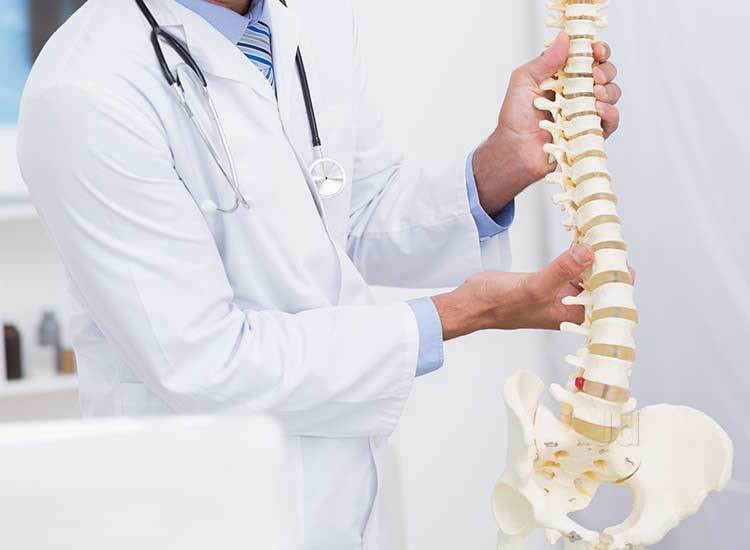Are you experiencing low back pain in Wichita?
Low back pain is the most common reason that patients go to the doctor for physical injuries.
Nearly 80% of the population with have low back pain at some point in their life. The good news is, most of these conditions do get better with treatment with less than 5% needing surgery.
The lumbar spine is a complex region of our body with multiple joints, nerves, muscles, ligaments, discs, and our spinal cord.
The challenges of our lumbar spine are that it requires a large amount of mobility, but also needs stability to support your weight and to have optimal function and movement.
Without good mobility, stability, and proper movement patterns the lumbar spine can be susceptible to a multitude of injuries.
Back Bones
The lumbar spine is comprised of 5 vertebrae that each are comprised of 2 sets of facet joints and an intervertebral joint that is cushioned, controlled, and supported by an intervertebral disc.
Back Disc
The intervertebral disc is a pliable yet rigid structure that is unique and more susceptible than other structures as it is required to be strong enough to sustain weight to transfer load between vertebrae and be flexible enough to deform during movement without being damaged.
Back Ligaments
The lumbar spine ligaments are slightly different than other areas of the body as the lumbar spine ligaments are more layers of sheets of ligamentous tissue vs bands of ligaments like in the knee or other regions. These multiple layers of sheets provide support to the lumbar spine, restrict end range motions, and provide protection of the spinal cord along with the vertebral bones.
Back Nerves
The lumbar spinal nerve roots branch off the spinal cord and travel out through intervertebral foramina to supply the lumbar spine and as well as the lower extremities.
Back Muscles
The muscles of the lumbar spine are similar to the ligaments in that there are multiple layers of muscles that provide support, stability, control motion, create motion, and support load transfer.
The muscles of the lumbar spine run the front, side, and back of the spine and are also controlled or assisted by the muscles of the abdomen comprising the “core”.
These structures are susceptible to injury from different mechanics, but as stated earlier, nearly all get better without surgical intervention.
Diagnostic findings can be misleading as nearly 50% of the population have disc issues that show up on MRI and 25% of patients over the age of 50 have spinal stenosis, with or without pain.
However, with good low back orthopedic screening, examinations, and problem solving we can determine which patients need diagnostics to help define the problem vs trying to find the problem.
Most patients can be treated conservatively through physical therapy, injections, medications, ergonomic adjustments, and bracing.
Many times, these tissues are being irritated by faulty movements, poor lifting techniques, weakness of muscles, and stiffness of joints/muscles.
We can use medication or injections to help reduce the symptoms and follow this up with PT to help address the movement issues that are causing the symptoms to become exacerbated.
Thorough movement analysis, strength testing, and biomechanic screening can help to diagnose your faulty movement impairment and begin to address these concerns to create optimal movement patterns and begin your road to recovery.

